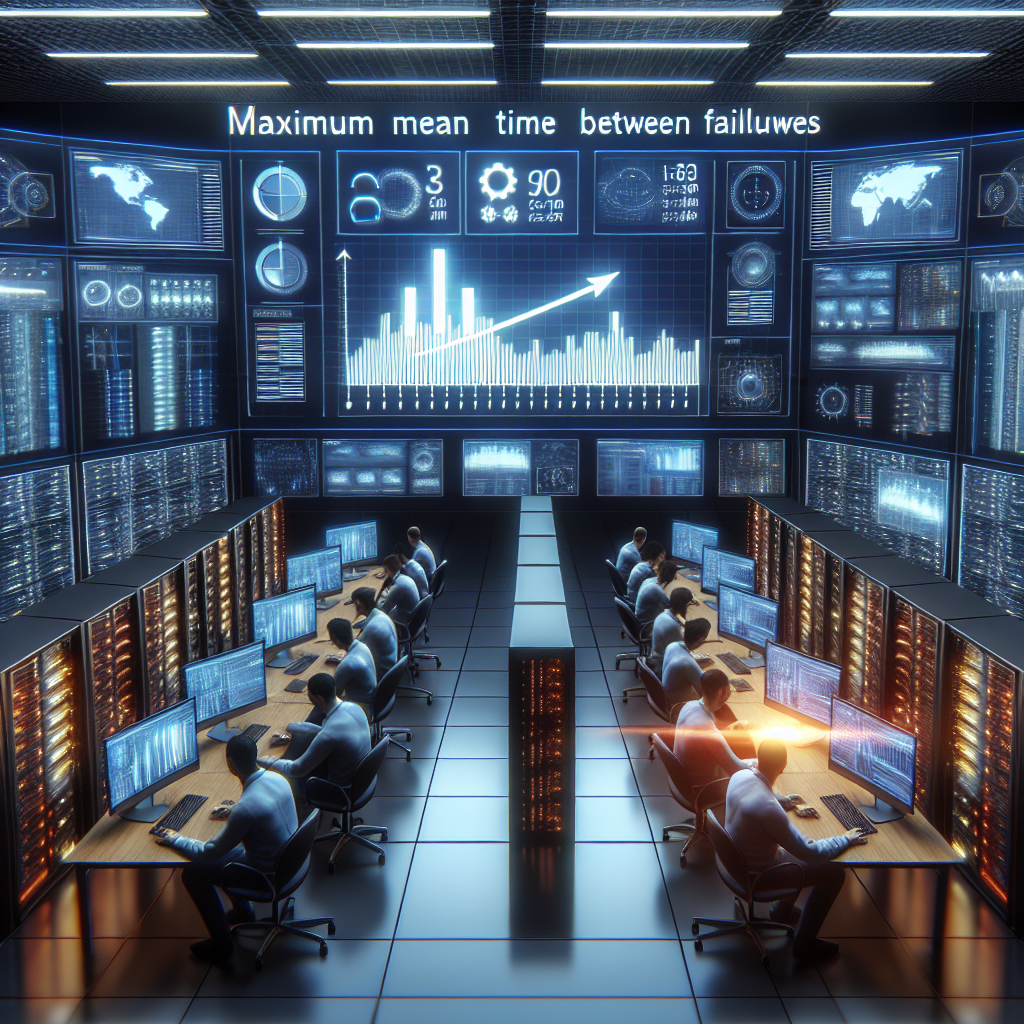In today’s digital world, data centers play a crucial role in storing, processing, and managing vast amounts of information. With the increasing reliance on data centers for business operations, it is essential to ensure that these facilities are resilient and able to withstand potential disruptions.
One key aspect of data center resilience is Mean Time Between Failures (MTBF), which is a measure of the reliability of a system. MTBF calculation helps data center operators understand how often equipment failures are likely to occur and allows them to plan for maintenance and downtime accordingly.
To calculate MTBF, data center operators need to gather data on equipment failures over a specified period of time. This data should include the number of failures that occurred and the total operating hours of the equipment during that period. By dividing the total operating hours by the number of failures, operators can determine the MTBF value for each piece of equipment.
It is important to note that MTBF calculations are based on historical data and do not guarantee future performance. However, they can provide valuable insights into the overall reliability of a data center and help operators identify areas that may need improvement.
In addition to calculating MTBF, data center operators should also consider other factors that can impact resilience, such as redundancy, maintenance practices, and disaster recovery plans. By taking a holistic approach to measuring data center resilience, operators can ensure that their facilities are equipped to handle unexpected events and minimize downtime.
Overall, measuring data center resilience through MTBF calculation is an essential part of maintaining a reliable and efficient facility. By understanding the reliability of equipment and taking proactive steps to address potential vulnerabilities, data center operators can ensure that their operations run smoothly and effectively.










